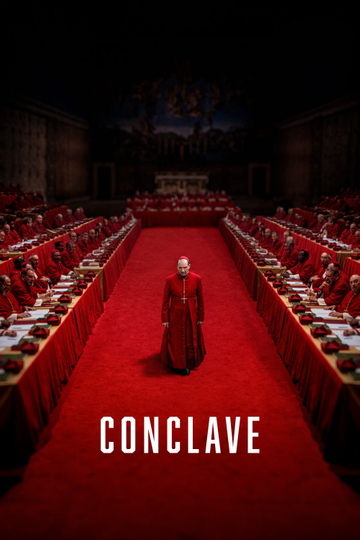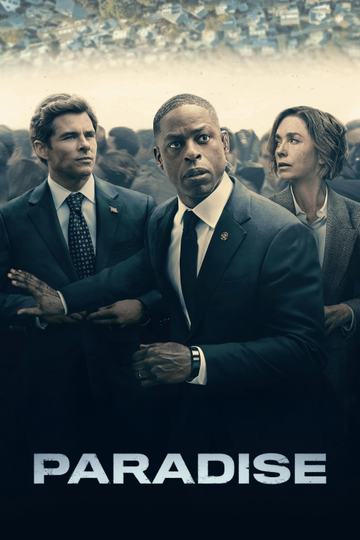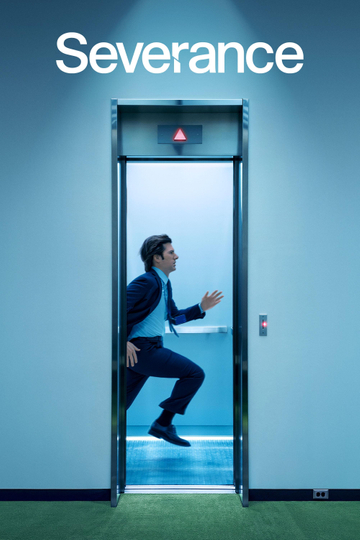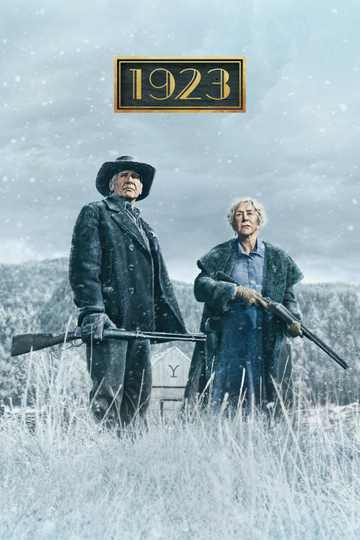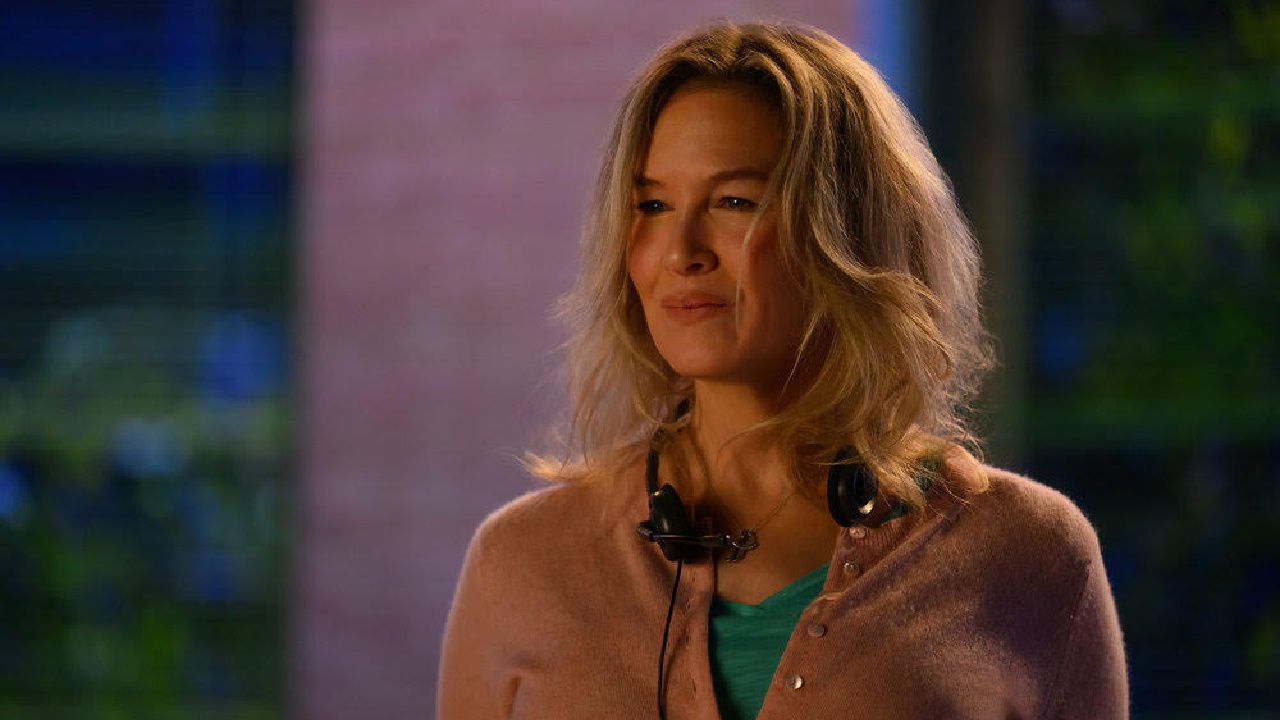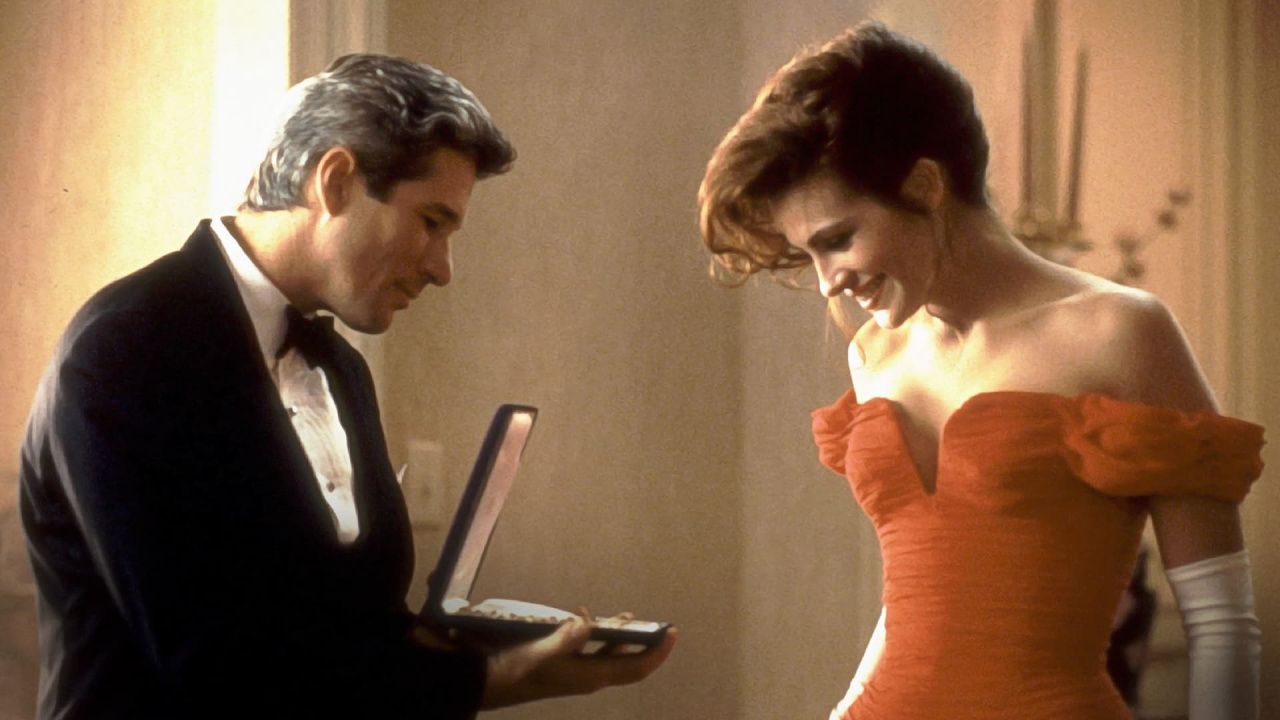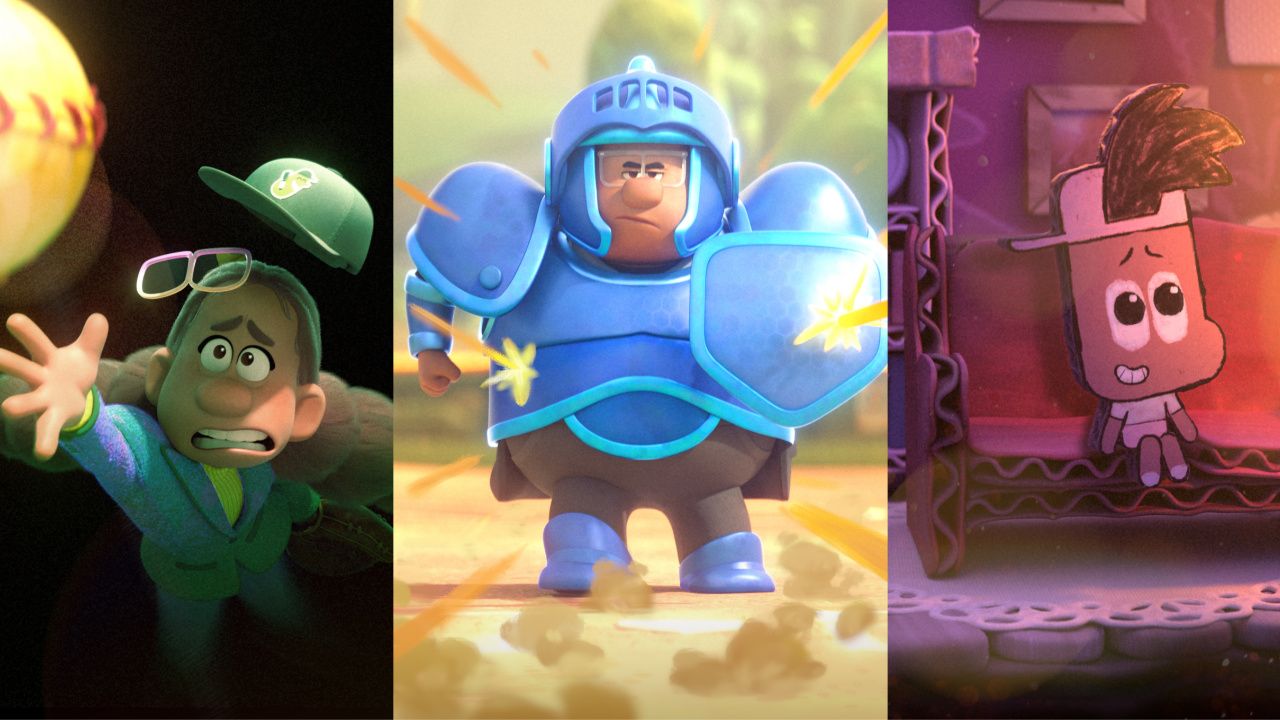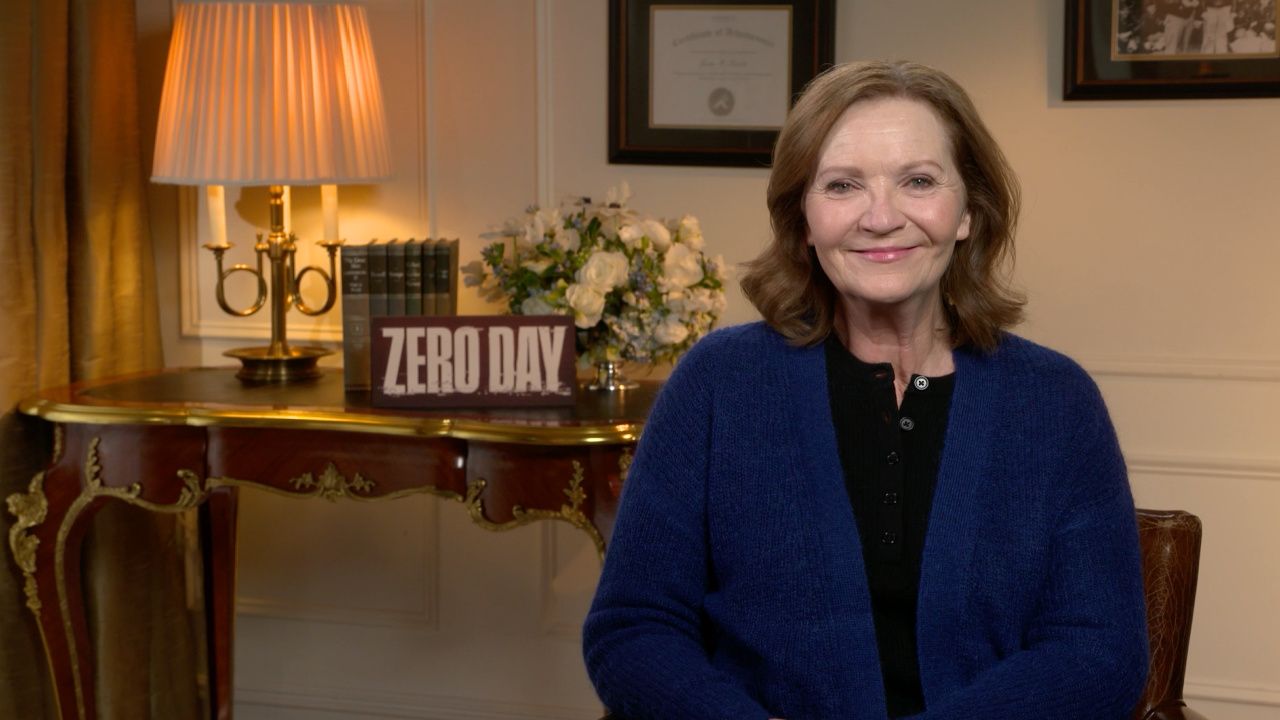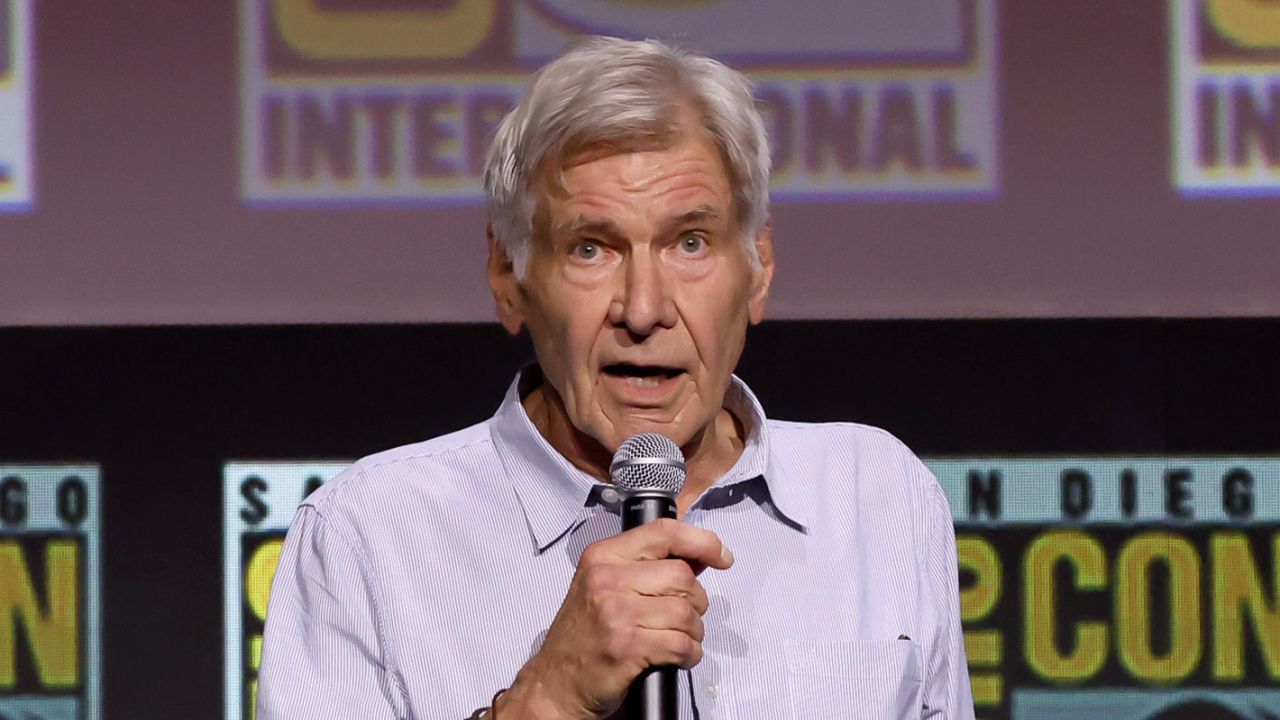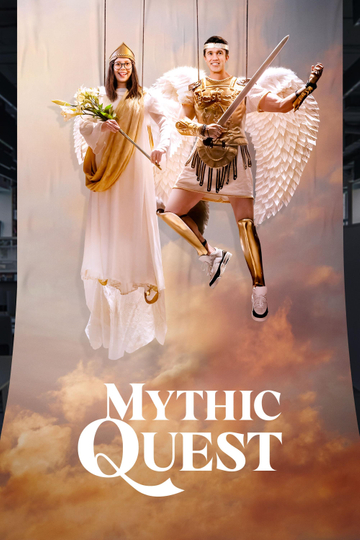Why Lily Tomlin and Jane Fonda Are (Rightly) Angry About Their Netflix Pay
Here's a recent real-world example of the pay gap that gets discussed a lot in theory: Grace and Frankie," but they discovered they are getting the same pay as their male co-stars, Martin Sheen and Sam Waterston. Sheen and Waterston are no slouches, but it's not their show. As the actresses told reporters at Netflix press day (via Zap2it):
Fonda: "[Tomlin] found out [Waterston and Sheen] are getting the same salary that we are. That doesn't make us happy."
Tomlin: "No. The show is not 'Sol and Robert' -- it's 'Grace and Frankie.'"
Good for them for saying something publicly, even (or especially) at a Netflix press event. But will it make a difference? Zap2it said Netflix had no comment when they asked for a response to the actress' claims. It would be nice for them to weigh in on this, one way or the other.
Pay disparity is, sadly, nothing new. It was only revealed through the Sony hacks that both Jennifer Lawrence and Amy Adams were paid less than their male counterparts for "American Hustle." The Hollywood Reporter just referenced that pay gap when noting why Jennifer Lawrence and her CAA reps were demanding $20 million for the movie "Passengers." They wrote that Lawrence "had gotten a smaller percentage of the profit pool from American Hustle than co-stars Bradley Cooper, Christian Bale and even Jeremy Renner. Lawrence - arguably the biggest star of the lot at the time - was getting seven points, while the men got nine each. As Sony president Doug Belgrad noted in a hacked email, 'It's a joke that JLa is at 7 and Renner is at 9.' Having not found that joke funny, sources say Lawrence was prepared to walk away from Passengers if she didn't get to $20 million on this film..."
It's a crime for Jennifer Lawrence to get less than Jeremy Renner, for that movie or any movie, and it's shameful if Tomlin and Fonda aren't getting top pay with their top billing. Keep fighting back, ladies!



